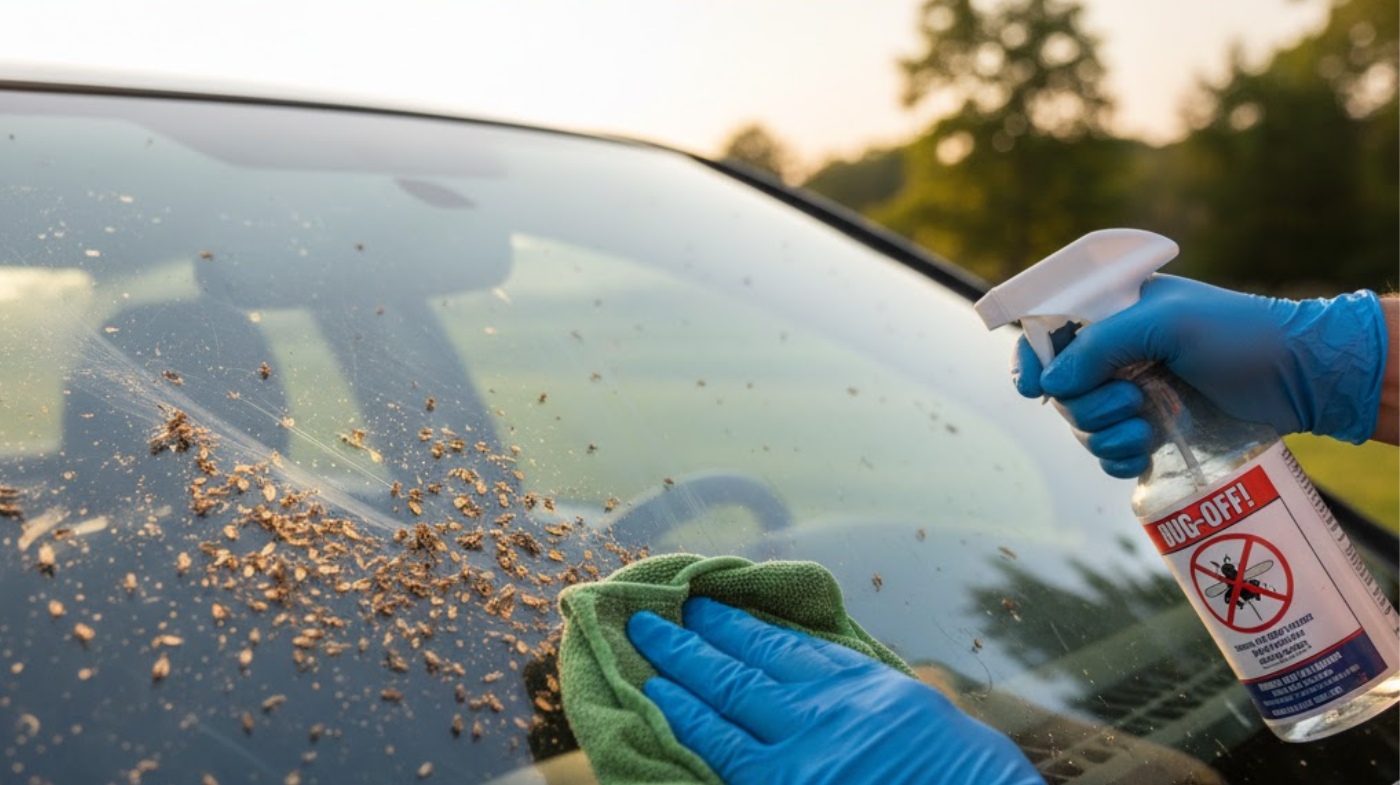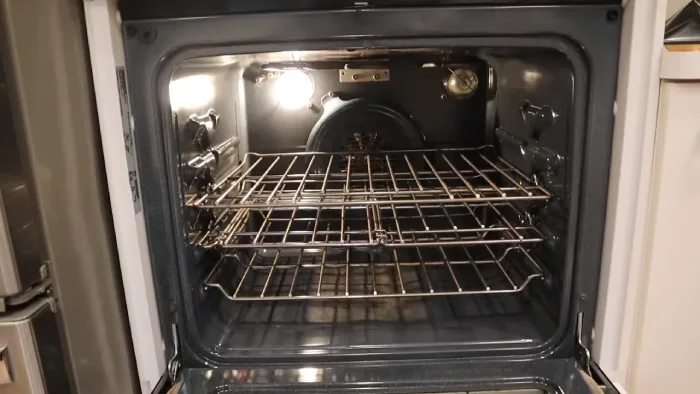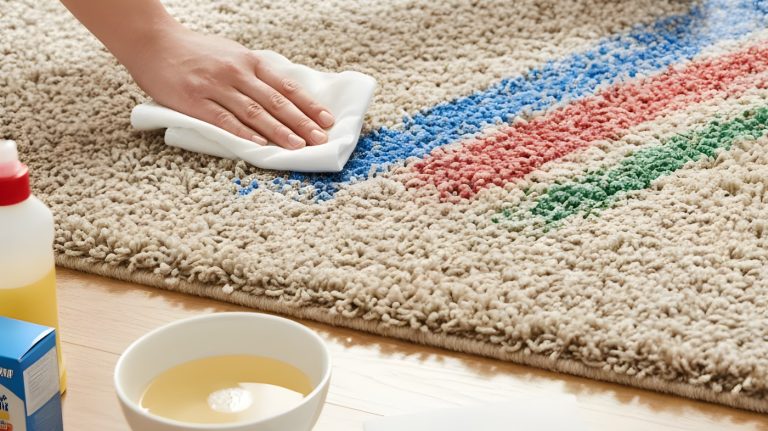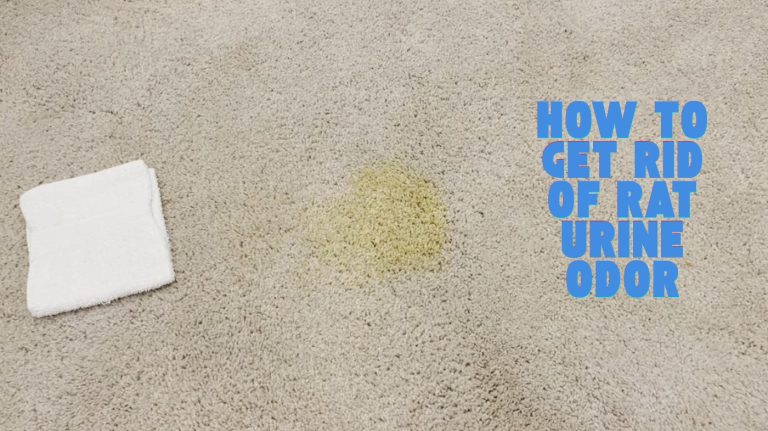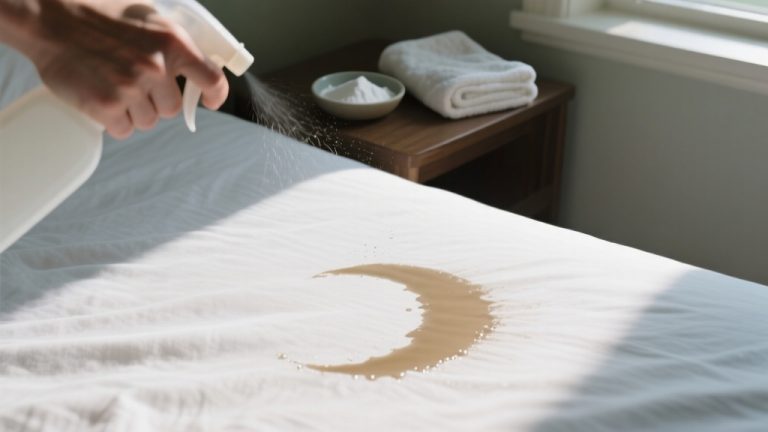How to Clean Bugs off a Windshield? Quick & Easy Tips
To clean bugs off your windshield, start by rinsing the area with warm water to soften dried residues.
Use a bug remover formulated for glass, applying it evenly on a shaded, cool surface and letting it sit 30–60 seconds.
Gently wipe with a microfiber cloth or soft sponge, avoiding harsh scrubbing to prevent scratches. Rinse thoroughly and dry with a clean microfiber towel.
For stubborn spots and ongoing protection, employing specialized techniques and products guarantees lasting clarity.
Key Takeaways
- Rinse the windshield with warm water in a shaded area to soften bug residue before cleaning.
- Apply a bug remover spray or diluted citrus-based cleaner and let it dwell for 30–60 seconds.
- Gently scrub with a microfiber cloth or bug scrubber to avoid scratches.
- Rinse thoroughly and dry with a clean microfiber towel using straight, overlapping motions.
- Finish by applying a water-repellent treatment like Rain-X to prevent future bug adhesion.
Preparing Your Vehicle for Bug Removal
Before you start removing bugs from your windshield, thoroughly rinse your vehicle with water to eliminate loose dirt and debris. Focus especially on the windshield and front areas where bug residue accumulates most.
Perform rinsing in a shaded area to prevent rapid drying and spotting. Use a garden hose or pressure washer at moderate pressure to loosen bug residue without harming the paint or glass. This pre-rinse step is critical because it removes abrasive grit that could scratch surfaces during scrubbing. Using biodegradable cleaning agents during rinsing can reduce environmental impact.
Next, soften dried bug splatter by wetting it with warm water and covering it with a damp microfiber or bath towel for several minutes. This hydration reduces the need for aggressive scrubbing, protecting the clear coat and ensuring more effective bug removal. Removing bug residue regularly is important because it contains acidic substances that can damage your car’s paint if left untreated.
Choosing the Right Bug Remover Products
When it comes to choosing bug removers, you’ll want to look for ones that are formulated with effective chemical agents. These are great because they break down residues quickly and, importantly, they won’t damage your windshield.
Prosol Works Bugs N’ All is a top-rated option that balances cleaning strength with safety and value. Make sure to check for products that are specifically designed for glass surfaces. This is key to ensure a safe application and to avoid issues like streaking or etching.
It’s all about finding the right balance, so look for options that offer strong cleaning power while still being gentle enough to protect your vehicle’s finish. Using multi-surface compatible products can also help maintain other parts of your vehicle without causing damage.
Effective Chemical Formulas
When selecting an effective bug remover, understanding the chemical composition is crucial to match the product with your cleaning needs.
Common active ingredients include solvents like 2-butoxyethanol, which dissolve organic residues, and disodium metasilicate, a chelating agent that breaks down bug remains.
Surfactants emulsify and lift bug splatter, while pH adjusters such as ammonia enhance cleaning efficiency. Many formulations also include multi-surface adaptability to ensure safe use on various vehicle finishes.
Enzyme-based formulas biologically decompose organic matter, offering a gentler alternative.
Formulations vary: heavy-duty removers require dilution, spray-and-wipe types offer quick use, and water-based options suit most surfaces safely.
Most products are safe on glass, paint, and plastics, minimizing etching risk.
Choosing a formula aligned with bug type and surface protection ensures effective cleaning without damage.
Safe Application Methods
Although selecting a bug remover with effective chemical properties is essential, applying it properly guarantees both cleaning efficiency and vehicle surface safety.
Begin by rinsing your vehicle in the shade to prevent streaking and pre-wet affected areas to enhance product action. This step also helps to loosen the organic residues from bugs, which can otherwise harden and become difficult to remove. Using appropriate cleaning tools like microfiber cloths at this stage can further protect surfaces from scratches.
Always dilute concentrated removers per manufacturer guidelines, typically at a 6:1 water-to-cleaner ratio, using clean spray bottles to ensure consistent application.
Spray generously on a cool windshield, allowing 30 to 60 seconds for residue breakdown without letting the solution dry.
Use soft, non-abrasive tools pre-sprayed with the remover to lift bugs safely, avoiding direct application on sensitive trims.
Finally, select enzyme-based or automotive-safe products free from harsh solvents or abrasives to protect paint, glass coatings, rubber, and plastic surfaces during cleaning.
Proper Dilution and Application of Bug Cleaners
When it comes to using bug cleaners, it’s really important to stick to those recommended dilution ratios. This ensures that the cleaner works effectively while also protecting your vehicle’s surfaces.
So, after mixing your solution, apply it evenly across the affected areas. Make sure to let it sit for about 30 seconds—this gives it enough time to break down those pesky bug residues. The cleaner is designed to dissolve bug bodies on contact, which helps reduce the risk of scratching during cleaning. Using a soft cloth or sponge helps prevent damage to delicate surfaces.
Once that’s done, gently agitate the area with a soft cloth or sponge.
And don’t forget to rinse it off promptly! This helps avoid any streaking or potential damage to your vehicle.
Dilution Ratios Importance
Since proper dilution directly impacts both cleaning efficiency and surface safety, you must follow manufacturer-recommended ratios when using bug cleaners.
Using an over-concentrated solution risks damaging paint, rubber, and plastic, causing etching or degradation. Conversely, under-diluted mixtures reduce cleaning power, leaving stubborn residues and wasting product.
Different bug cleaners require specific dilutions. For instance, Kosmi Active Foam uses 1:10 (product to water), while Superior Products Dark Fury typically calls for 4:1 (water to product).
Always check labels, as some concentrates need up to 1:16 dilution. Proper dilution maintains chemical balance, especially for pH-sensitive formulas, and guarantees compatibility with vehicle surfaces.
Ignoring these ratios may void warranties and leave streaks or residues on glass. Additionally, working in shaded areas prevents premature drying of chemicals, which helps maintain the effectiveness and safety of bug removers. For best results and safety, ensure proper airflow conditions when applying chemicals to avoid inhaling harmful fumes.
Adhering to guidelines maximizes cleaning performance and protects your vehicle’s finish.
Application Techniques
When applying bug cleaners, guaranteeing the correct dilution is only part of the process; how you apply the solution considerably affects cleaning effectiveness and surface safety.
Use a clean spray bottle to evenly saturate the bug residue, ideally in the shade or on a cool glass surface to prevent streaking. For best results, it is helpful to soak bugs with warm water or vinegar beforehand to soften them. Using a microfiber cloth with swivel steering motions can improve cleaning precision and reduce user fatigue.
Avoid direct spraying on sensitive coatings; apply cleaner onto a microfiber cloth or specialized bug scrubber instead.
This approach controls lubrication, reduces streaks, and minimizes damage risk.
For heavy residue, soak the cleaning tool in bug remover for enhanced lubricity.
Always keep the surface moist during wiping, using gentle motions to preserve coatings.
Portable spray bottles and pre-mixed solutions facilitate on-the-go application, while proper tool choice ensures thorough, scratch-free bug removal.
Dwell Time Guidelines
How long should you let bug remover sit on your windshield to work effectively?
Dwell time, the period the product remains on the surface, varies by cleaner and bug severity.
Spray-and-wipe products often need 30–45 seconds, while heavy, dried-on bugs may require up to 3–5 minutes.
Always follow manufacturer instructions precisely to avoid damage or residue.
Never allow the product to dry during dwell; if it starts drying, rinse and reapply.
For concentrates, dilute according to label ratios to maintain efficacy and protect surfaces.
Shake bottles before use and prepare fresh solutions daily when using buckets. Using a clean bucket each time ensures the solution remains uncontaminated and effective.
Cooler temperatures can extend dwell time needed, while frequent cleaning reduces it.
After dwell, wipe or rinse away the cleaner to prevent staining or etching.
Consider applying protective coatings to ease future cleaning. Proper rinsing and quick drying prevent buildup that can damage surfaces over time.
Techniques for Soft and Effective Bug Removal
Although bug residues can adhere stubbornly to your windshield, employing gentle soaking and wiping techniques guarantees effective removal without damaging the glass.
Begin by soaking the affected area with warm water, vinegar, or a bug remover for 30 to 60 seconds to soften residues. Avoid direct sunlight to prevent rapid drying and streaking. Using an enzyme-based bug remover designed to dissolve splatter can further improve cleaning effectiveness. Cleaning in shaded, cool conditions also helps prevent streaks and preserves any protective surface coatings.
Then, use a microfiber cloth or dryer sheet to gently lift bugs using back-and-forth motions. If bugs persist, reapply the solution instead of scrubbing harder.
- Soften residues with proper soaking time
- Avoid harsh scrubbing to protect glass coatings
- Use lint-free, gentle wiping materials
- Clean in shaded, cool conditions for best results
Essential Tools for Cleaning Windshields
Since effective bug removal depends on the right materials, assembling essential cleaning products and tools is crucial for maintaining windshield clarity and integrity.
Use Bug & Tar Remover or Rain-X Bug Remover for specialized cleaning, paired with soft microfiber cloths or jersey bug scrubber pads to avoid scratches. Choosing the appropriate tools helps prevent surface damage, similar to how using the right cloths is essential in leather cleaning.
Safety gear like gloves and eye protection is necessary when handling chemicals. Proper storage preserves product effectiveness. For best results, applying a bug pretreatment to loosen and neutralize bug acids before wiping can significantly reduce the need for aggressive scrubbing and protect the paint or coatings on the surface bug pretreatment.
| Cleaning Products | Application Tools |
|---|---|
| Bug & Tar Remover | Microfiber Cloths |
| Rain-X Bug Remover Fluid | Jersey Bug Scrubber Pads |
| Vinegar & Water (DIY) | Spray Bottles |
This setup ensures efficient, safe, and streak-free bug residue removal without compromising windshield coatings.
Using Water and Pressure to Loosen Bug Residue
After gathering the right cleaning products and tools, you can enhance bug residue removal by using water and pressure techniques.
Applying very warm water (around 120°F) softens and partially dissolves dried bug remains, easing their detachment.
Utilize a garden hose with a strong spray or a pressure washer at moderate pressure to dislodge particles without damaging glass or trim.
Pre-soaking the windshield for several minutes allows water to break down organic material, reducing scrubbing intensity.
Using water and appropriate cleaning products like Adams Glass Sealant can improve the removal of stubborn bug residues due to its effective beading and hydrophobic properties water beading.
Follow up with a thorough rinsing under pressure to remove loosened debris and cleaner residues, preventing scratches and streaks.
Warm water melts stubborn bug residue efficiently.
Pressure rinsing lifts bugs without harsh scrubbing.
Pre-soaking minimizes risk of glass damage.
Final rinse ensures clear, residue-free visibility.
Protecting Paint and Glass During Bug Removal
Hey there! If you’re looking to protect your vehicle’s paint and glass while getting rid of those pesky bugs, I’ve got some tips for you. First off, it’s super important to use cleaning methods that are specifically designed to avoid any kind of abrasion or chemical damage.
When it comes to your windshields, make sure you’re using glass-specific cleaners. They work wonders! And don’t forget to grab some soft microfiber towels. They’ll help you avoid scratches and keep those coatings intact.
Using a citrus-based biodegradable degreaser like Citral can effectively remove bug residue without harming your paint or glass surfaces.
Also, always remember to follow the precautions when using any chemicals. This means checking the proper dilution and giving it the right amount of dwell time. That way, you can safely loosen all that residue without causing any harm to your surfaces.
Paint-Safe Cleaning Methods
When removing bugs from your vehicle, you must prioritize methods that safeguard both the paint and glass surfaces. Use bug removers diluted at a 6:1 water-to-cleaner ratio to avoid paint damage. Never apply harsh chemicals like dish soap.
Pre-soften residues by letting removers dwell 30–60 seconds. Then gently wipe with a microfiber cloth or specialized bug scrubber. Avoid spraying cleaners directly on glass; instead, apply them via cloth to limit exposure.
Choose bug removers that lubricate to reduce friction and prevent micro-scratches. Rinse bug-affected areas with water before cleaning to avoid abrasive scrubbing. Since bug acids and enzymes can decompose and damage paint if not promptly cleaned, timely removal is essential.
Use detailing clay with lubricant for stubborn spots without harming paint.
Always finish with a thorough rinse and drying to prevent residue buildup. These precise steps protect your vehicle’s finish while effectively removing bugs.
Glass Protection Techniques
Effective glass protection during bug removal starts with proper surface preparation and careful product application.
Begin by thoroughly wetting the windshield and rinsing off loose dirt to prevent abrasive scratching.
Use a soft microfiber towel or a bug-specific scrubber sprayed with the cleaning solution instead of directly applying chemicals on the glass. This helps minimize streaks and damage. Applying the mixture by spraying and buffing with a microfiber towel creates a protective layer that repels bugs and dirt effectively.
Employ gentle wiping motions with minimal pressure, especially near paint edges, to avoid harm.
Applying ceramic coatings or hydrophobic treatments like Rain-X creates slick surfaces that reduce bug adhesion, easing removal and protecting the glass.
Choose bug dissolvers compatible with treated surfaces to maintain coating integrity.
After cleaning, buff the glass with a clean microfiber towel to restore clarity.
Regularly reapply protective treatments for sustained defense against bug residue and environmental contaminants. Using such protective solutions is especially beneficial for drivers frequently dealing with bugs, like night drivers and those operating semi-trucks or RVs.
Chemical Use Precautions
Although bug removers are essential for maintaining clear windshields, you must select and apply them carefully to protect both paint and glass surfaces. Use only automotive-specific products, avoiding household cleaners or strong acids that risk damage. Since bugs contain highly acidic fluids, prompt and proper removal is crucial to prevent damage.
Always dilute chemicals as recommended, apply them in the shade, and limit contact time to prevent paint etching. Rinse thoroughly and avoid spraying near rubber seals to prevent deterioration.
Keep these precautions in mind to safeguard your vehicle:
Test products on a hidden spot before full use to detect adverse reactions. Wear gloves and eye protection to avoid chemical exposure. Use gentle application tools; never apply abrasive pads on painted areas.
Store chemicals properly, away from heat and sunlight, ensuring safe handling.
Post-Cleaning Care for a Spotless Windshield
Since residual streaks and spots can compromise visibility, you should thoroughly inspect your windshield under natural light immediately after cleaning.
Check for any missed bug residue, smudges, or a residual film, especially near edges and corners. Look carefully for micro-scratches or damage caused during cleaning.
To guarantee complete drying, use a clean, dry microfiber towel with straight, overlapping motions. Avoid using paper towels that leave lint.
Apply a dedicated glass cleaner for the final wipe, then buff with a second dry microfiber towel to prevent streaks. Performing these steps regularly also preserves the vehicle’s interior and exterior value.
Maintain clarity by applying a water-repellent treatment and dusting regularly with a microfiber cloth.
Park your vehicle in shade or a garage to protect the finish and avoid water spots.
Regular cleaning every 1–2 weeks sustains ideal visibility and glass condition.
Tips for Handling Tough and Stubborn Bugs
After ensuring your windshield is free from streaks and residue, you might still encounter stubborn bug splatter that resists standard cleaning methods. To tackle these tough spots effectively, pre-soak the area with water to soften dried residue. This step is crucial because heat and sunlight cause bug remains to harden and bond more strongly, increasing removal difficulty.
Start by pre-soaking bug splatter with water to soften residue before cleaning.
Then, apply automotive bug remover sprays or homemade mixtures like baking soda paste. Let the solution sit for 30-60 seconds to break down the insect remains before gently wiping with a soft microfiber cloth or sponge. Avoid harsh scrubbing to prevent glass damage.
Use specialized enzymatic products to dissolve organic matter safely. Employ dampened dryer sheets for quick, gentle bug removal.
Rinse the windshield in shade to prevent water spots and streaks. Dilute concentrated cleaners properly for safe, effective use.
Maintaining Windshield Cleanliness During Bug Season
When you want to maintain windshield cleanliness during bug season, understanding environmental factors and using appropriate cleaning materials are essential. Insect activity varies with temperature, wind, and time of day.
Overall insect populations have declined markedly, reducing bug splatter frequency. However, it is important to recognize that this decline is part of a broader global insect decline that affects ecosystems worldwide.
To optimize cleaning, select solvents that remove oil-based bug residues. Use clean cloth rags for effective wiping.
| Factor | Recommendation |
|---|---|
| Insect Activity Peak Times | Avoid driving at dawn/dusk |
| Cleaning Solvent | Use specialized bug-removal fluids |
| Wiping Implement | Clean cloth rags preferred |
| Protective Coatings | Apply water-repellent coatings |
| Parking Location | Choose shaded/protected areas |
Frequently Asked Questions
Can Bug Residue Damage My Windshield Wipers?
Yes, bug residue can damage your windshield wipers. The proteins and organic compounds in bug remains harden when exposed to heat, making the residue abrasive.
This buildup causes wiper blades to drag, chatter, or smear instead of clearing the glass efficiently. Over time, continuous wiping on bug residue degrades the rubber, leading to hardening, cracking, and misshaping.
This reduces wiper lifespan and performance, compromising visibility and safety.
Is It Safe to Use Household Cleaners for Bug Removal?
You absolutely shouldn’t use household cleaners for bug removal. They can wreck your windshield faster than you can blink.
These harsh chemicals, like ammonia and bleach, can strip protective coatings, cause streaks, and even damage rubber seals.
Instead, stick to automotive-specific products designed to safely dissolve bug residue without harming your glass or trims.
Using the right cleaner protects visibility, extends component life, and keeps your windshield warranty intact.
How Often Should I Clean Bugs off During Long Road Trips?
You should clean bugs off your windshield daily during long road trips, ideally after each day’s driving.
This prevents acidic bug residue from baking onto the glass and paint, which can cause permanent damage.
Use bug-specific cleaning products or car wash stations whenever possible.
Avoid letting bugs sit overnight, especially in hot weather, to minimize paint erosion and maintain peak visibility throughout your journey.
Do Bug Stains Affect Windshield Tint or Coatings?
Yes, bug stains do affect windshield tint and coatings.
The acidic enzymes and proteins in bug residues chemically etch and bond tightly to tint films and clear coats, causing discoloration, fading, or adhesive damage.
If you delay cleaning, these residues penetrate protective layers, leading to permanent etching and reduced durability.
To protect your tint and coatings, clean bug stains promptly using gentle, non-abrasive cleaners designed for tinted surfaces.
Can Bugs Cause Long-Term Damage to Windshield Seals?
Yes, bugs can cause long-term damage to your windshield seals. Their acidic residues chemically degrade rubber or polymer seals, especially when exposed to heat, accelerating wear and cracking.
Dried bug matter also adheres strongly, risking physical stress or micro-tears during removal. Over time, this compromises seal integrity, leading to water intrusion, structural weakening, and increased repair costs.
You should clean bug residues promptly and inspect seals regularly to prevent lasting damage.
Take Action Now: Keep Your Windshield Spotless and Clear
Now that you know how to prepare, choose the right products, and apply precise techniques, you’re almost ready to tackle even the toughest bugs.
But here’s the catch: missing one essential step can leave stubborn residue or damage your windshield.
Ready to discover that final secret for a flawless, streak-free finish? Stay sharp and follow through carefully; your spotless windshield is just one smart move away.

